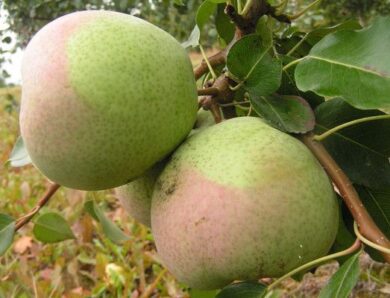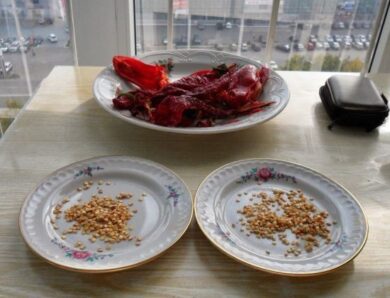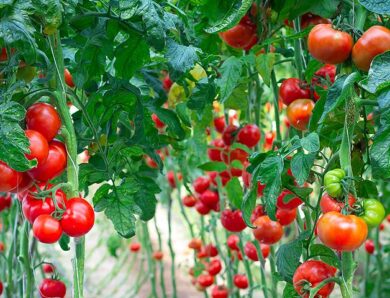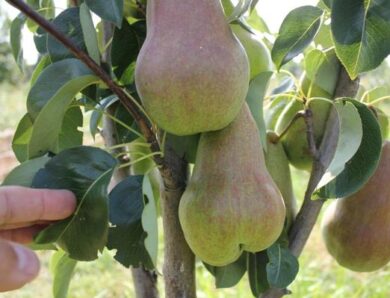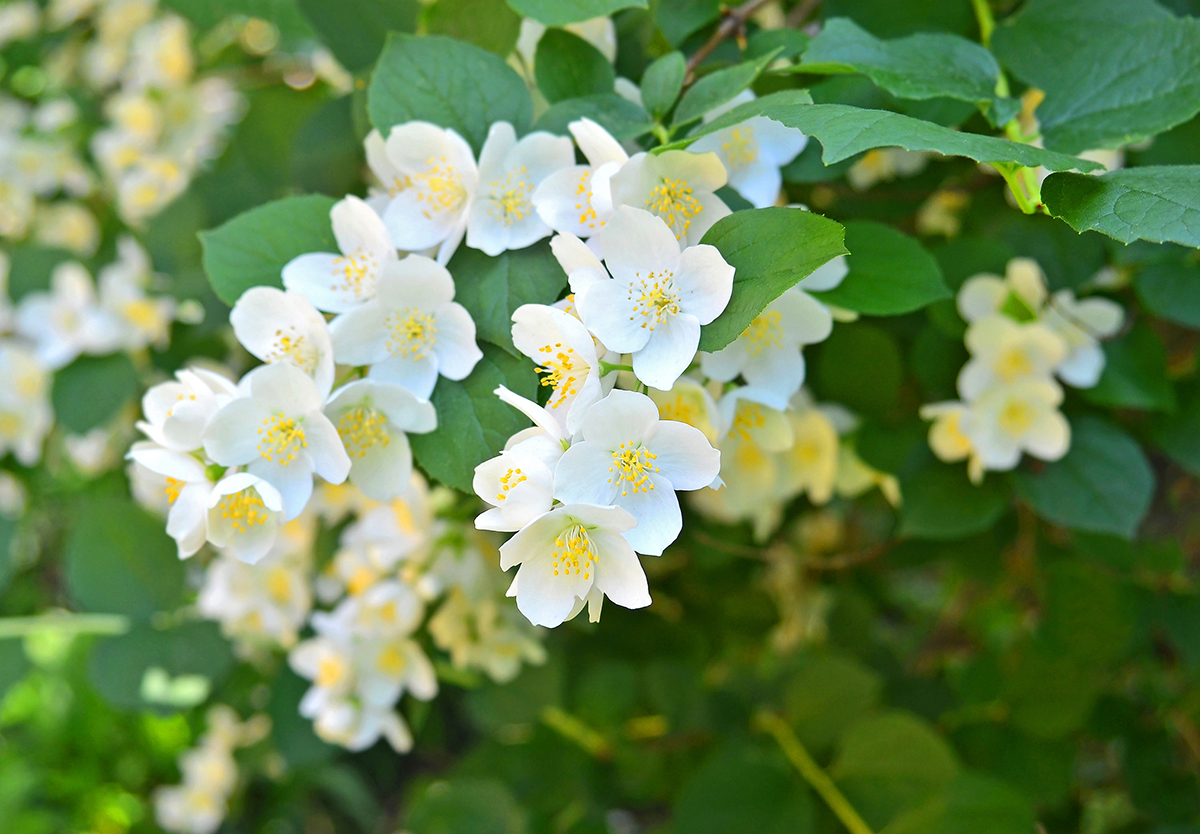
Jasmine shrub - planting and care, reproduction, pruning, shelter for the winter + Photo
Many summer residents know, that jasmine is a shrub, planting and caring for which, does not require special skills, but cultivation techniques must still be followed. Properly formed bush will be lush, and rejoice in flowering, so pruning, especially in the spring, important. A, reproduction, transfer, winter shelters are of particular interest to many gardeners…
How to plant jasmine - the basics
Planting jasmine seedlings is best done in the fall, from the second decade of September to mid-October or early spring, before bud burst. Importantly, that on the day of landing there was warm clear weather.
You need to choose the right place to plant jasmine. This shrub is resistant to lack of sunlight, poor soils, dry climate. But, the combination of all the above factors will lead to that, that the plant will lose its aesthetic qualities and flowering will be meager, bush - sluggish.
An ideal option for jasmine is a brightly lit open space. Flowering chubushnika possible in partial shade only if, if its size is small.

The soil for jasmine should be moist, with excessive humus content, suitable loamy soils of light or medium nature. A good sod for jasmine when planting will be a mixture, prepared from three parts of leaf soil, two parts humus and one part river sand.
To plant a jasmine seedling, dig a hole about half a meter deep. The shrub does not like stagnant water, so it is best to plant it on a hill. If not on the site, drainage should be placed in the planting hole. The drainage layer should not be less than fifteen centimeters. Then add to the hole 25-40 grams (depending on the size of the seedling, on average, the seedling goes 30 grams of fertilizer) nitrophosphate.
Follow, so that the root system of jasmine was immersed in the soil so, that the root neck was closed no more, than three centimeters. Root shoots should not rest against the walls of the pit - leave them about ten inches of free space. Surrounding seedling soil should be compacted and abundantly watered (from one to two buckets of water).
If you grow jasmine in groups, then leave the distance between them from the floor - up to one and a half meters. A distance of fifty to eighty centimeters will be ideal for creating a hedge., and important, that this area was well lit.. Transplant garden jasmine is carried out in early spring.
Jasmine is a shrub, reproduction
There are several options for reproduction of jasmine:
- Seed propagation is the longest and most time consuming method. From landing to time, when jasmine blooms, can take up to eight years. Seeds are sown in winter at home or in a greenhouse, before the onset of frost and cover them. The first shoots appear in the spring
- Propagation of jasmine cuttings - the easiest way to get new bushes. In June, cut off the strongest escape, the length of which should be close 5-7 centimeters. Roots in the peat mixture under the film in the light. Daily spraying is required. After rooting, you can plant in open ground, the first time, creating protection from cans or any other container
- Propagation by cuttings is the most common method. After the spring haircut, the strongest branches are inclined to the ground and placed in excavated furrows and sprinkled with peat - sand mixture. In autumn, the bushes can be separated from the mother
- Reproduction by shoots - in the fall, after November, shoots about fifteen centimeters long are harvested. All winter, these branches should be kept in a drawer in the basement or on the bottom shelf of the refrigerator to save. Whereupon, in late January or February harvested shoots begin to take root. When the shoots grow and strengthen, planted on the street
- Reproduction of jasmine by dividing the root - the last method of obtaining a new bush. The bush bush is dug up, the root is divided as follows, that on each of parts there was a radical growth. It is desirable to work in mid-autumn, it is forbidden to do the procedure during the flowering period
Care for jasmine in the spring
Jasmine is not demanding in care. It is necessary to water as needed, preventing drying of the earth. After three years after rooting, old branches should be cut to the base - the bush will grow more lush and active, as young shoots will get more free space.
One year after planting, you can start fertilizing. Minerals are best (phosphate, potassium sulfate) or organic fertilizers.
In late autumn the ground around the plant is dug up and mulched with pine needles or compost (layer 5-8 cm), to further protect the plant from winter frosts.
Adult plants do not need additional protection, and a young sapling (did not reach the year) jasmine needs shelter for the winter. Any non-woven material is suitable for this purpose.
How to trim and form a jasmine bush
Pruning of jasmine bushes is not only to give it shape, but also the rejuvenation of the plant. In the spring, during the first heat, prune old branches and prune weak ones. Be sure to remove the branches, thicken the growth of new young and strong shoots. Bare areas are treated with garden pitch, so that the plant is not infected with fungal diseases.
Pay attention to timely pruning of bushes and study, how to properly prune chubushnika - jasmine grows unevenly and one-sided, so it is important to give it the right shape - to make a formative pruning, which is held in early March.
Use a secateurs to remove the longest and strongest branches, so you can stimulate the growth of perennial shoots, which will help to form the shape of the bush by the end of the season.
Thanks to timely pruning, Jasmine bushes acquire a charming appearance and after a while begins to bloom profusely, make you happy. Follow the rules described above, and lilac will always be in perfect condition!

